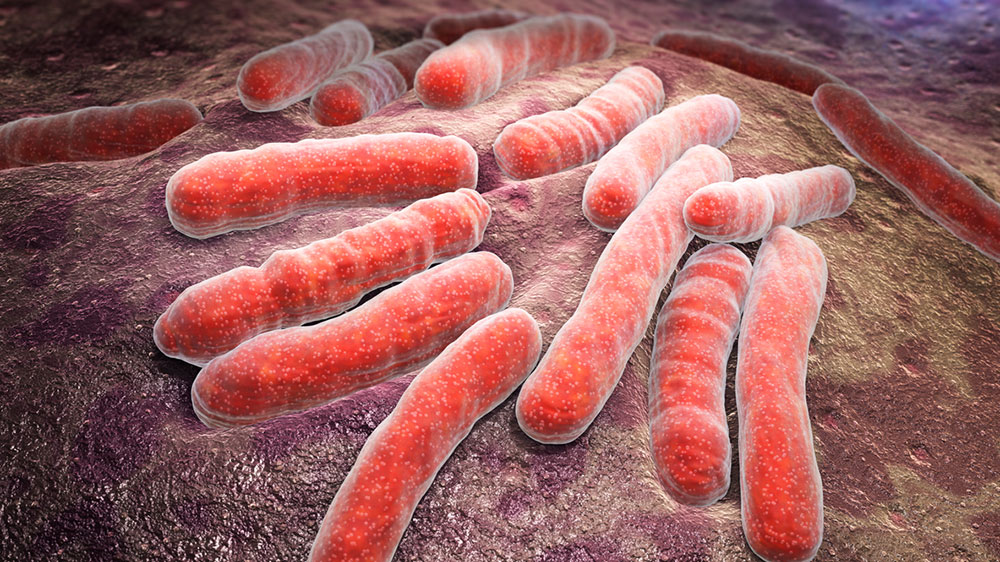When Resistant Germs Travel

Resistance to antibiotics is increasing and can be found all over – in humans, animals, plants and the environment. To stop the spread of antibiotic resistance, we need to understand how it is transmitted and how we can prevent this from happening.
“If we want to fight these resistant bacteria effectively, we have to know everything about the ways in which they spread,” says Roger Stephan, professor of veterinary food safety and hygiene and dean of the Vetsuisse Faculty at UZH. Since resistant bacteria occur in humans, animals and the environment alike, Stephan believes they should be explored using the One Health approach, which covers all three dimensions and, crucially, the areas where they overlap. One Health is based on an understanding that the health of people is intertwined with the health of animals and our shared environment. People and animals need a healthy environment to be able to stay well; people need healthy animals and vice versa. This of course implies that people can make animals sick, and the other way round.